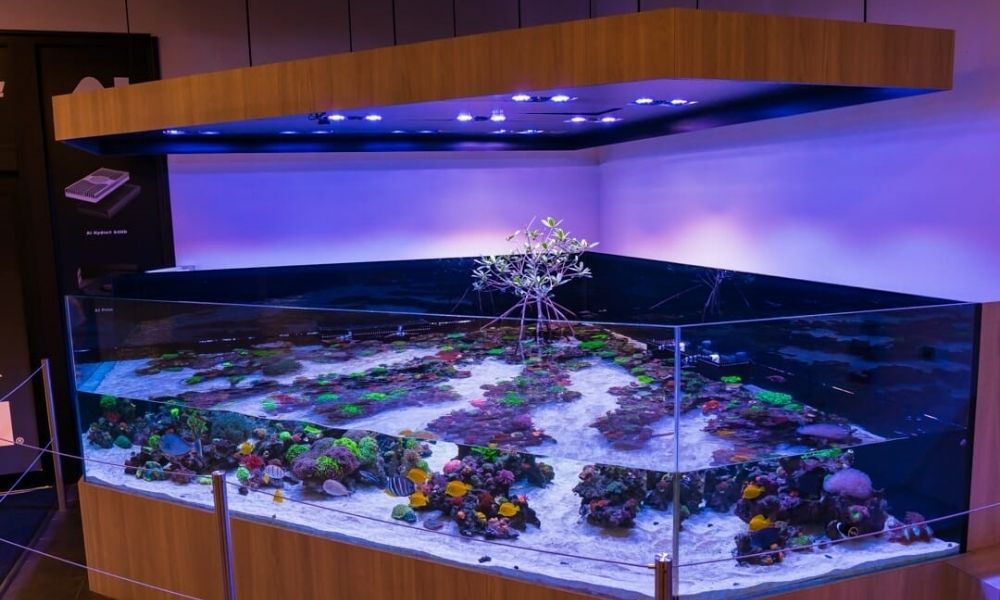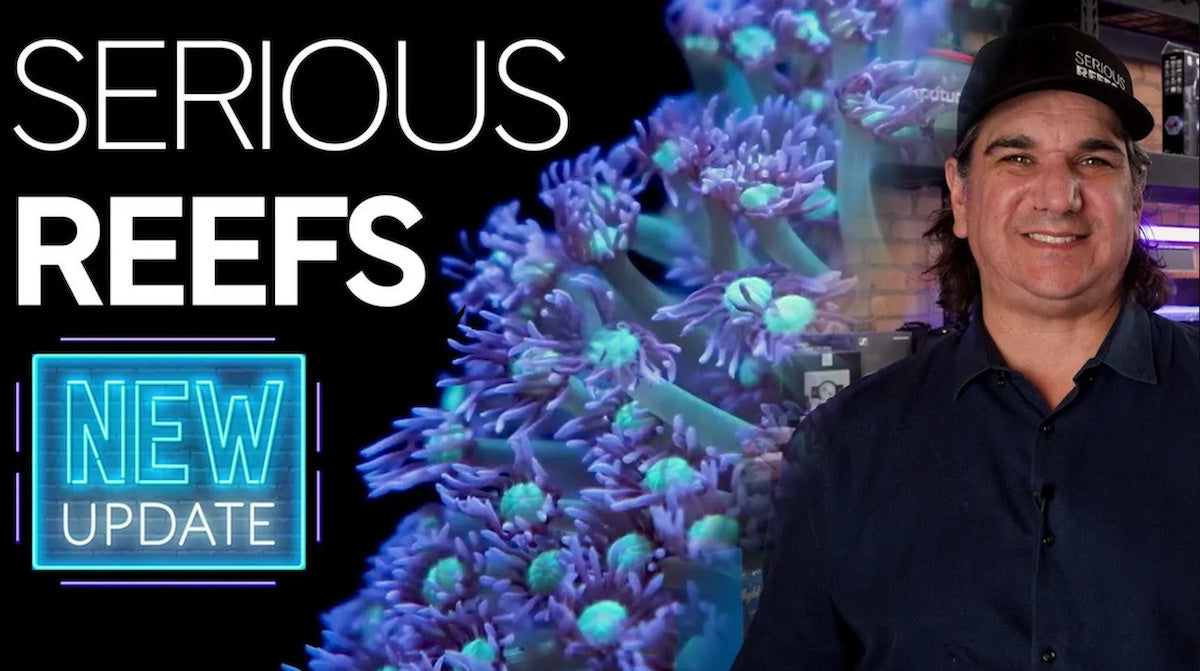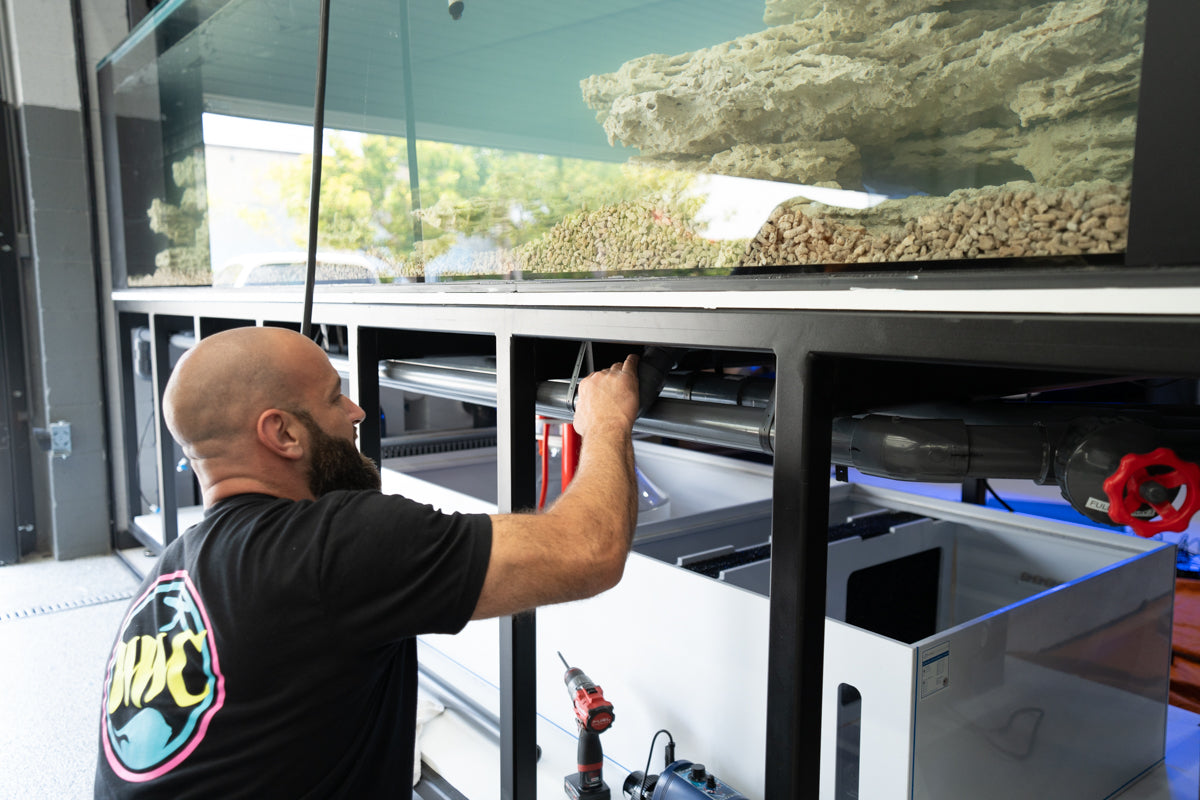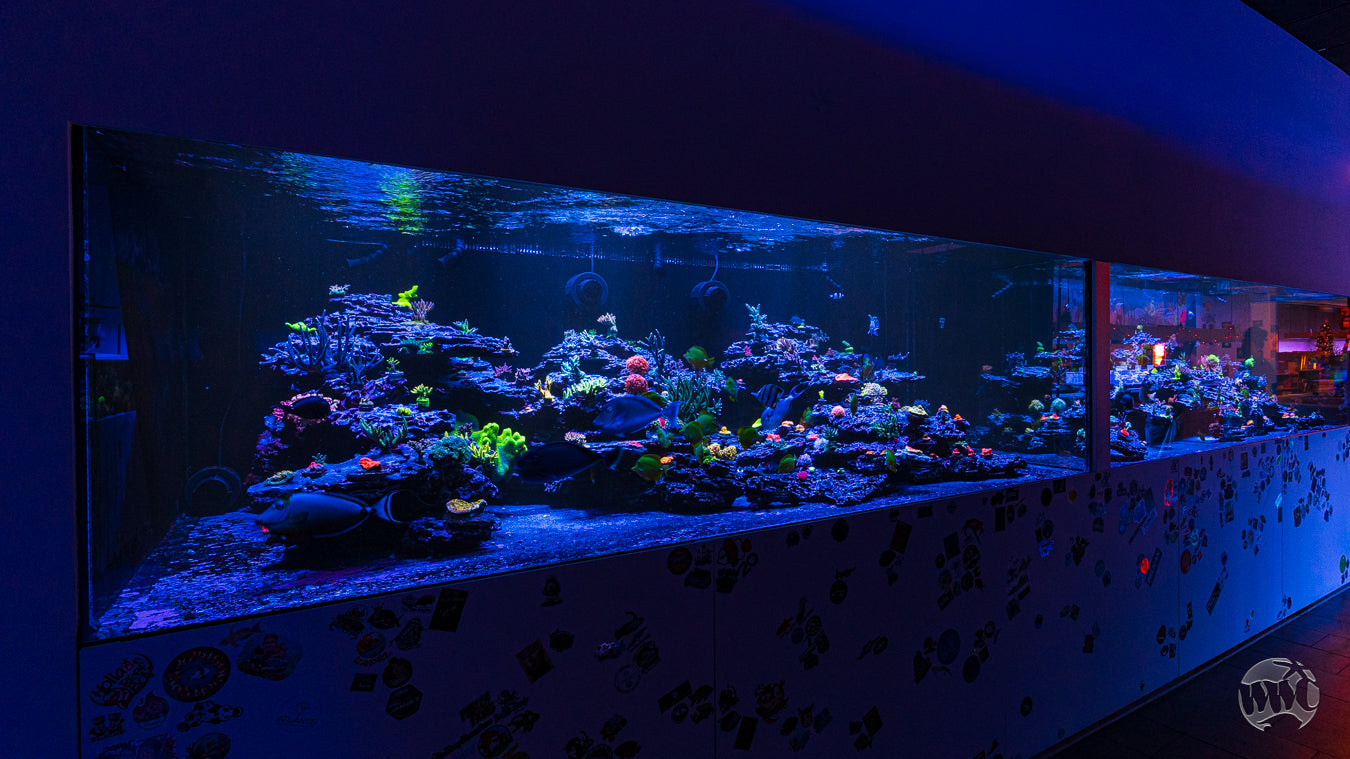When getting an aquarium running, there’s more happening at the microscopic level than we tend to think. Whether it be bacteria, ammonia, or nitrates, monitoring these materials and giving them time to reach equilibrium will be the key to your tank’s future survival. This phase is known as nitrogen cycling, and you’ll need to know how it works in order to make the most of it. Read this complete guide to cycling your saltwater aquarium to learn what it entails and how it affects your ecosystem.
What Is Aquarium Cycling?
Aquarium cycling is the act of fostering beneficial bacteria in your saltwater aquarium to ensure chemicals such as ammonia and nitrogen remain under control. Since these two substances can be toxic to your tank organisms, this bacterium will be essential to neutralizing them and keeping your tank inhabitants healthy. As they’re processed, harmful substances are converted into nitrates, which are much less of a risk to your tank as a whole. These bacteria also assist with breaking down organic matter, such as food and waste, and recycling nutrients.
The Steps To Cycling Your Saltwater Tank
The next part of our complete guide to cycling your saltwater aquarium has to do with how you can start this process within your own tank. Remember that there are several different methods you could use, and the one you choose will depend on how you set up your aquarium and your needs for it. Here are the core steps to keep in mind.
Seed the Tank With Bacteria
First and foremost, start seeding your tank with the necessary bacteria. If you set your aquarium up using live rock or live sand, it should already contain a strong number of these organisms. However, if you didn’t, you’ll need to use a liquid bacteria product. You may even need to use both should the present colony prove insufficient.
Provide a Source of Ammonia
Once you give the bacteria time to settle, start adding in a source of ammonia for them to feed on. In many cases, this involves introducing your first fish so that they can eat and produce waste. Make sure the species you pick is hardy and capable of surviving a few chemical fluctuations. Similarly, you could also use a prepared ammonia solution if you don’t want to risk the health of your fish.
Wait for the Chemical Process To Take Place
Finally, wait for the cycle to work and be patient. It can take anywhere between four and six weeks for the bacteria to remove ammonia at the same pace at which it’s being created. As such, it’s vital that you’re regularly checking these levels to determine the best time to add your remaining fish, corals, and invertebrates.
To learn more about aquarium cycling and how it’s done, give World Wide Corals a call. Having spent years in the tank building industry, we know exactly what it takes to give an aquarium a strong start. As such, we can be a resource for you as you navigate this hobby. We also specialize in selling aquacultured corals. So, whether you’re looking for zoas or chalice coral, we’ve got what you need.




